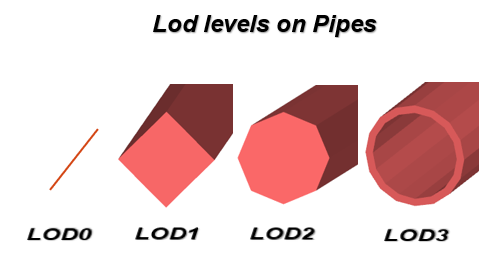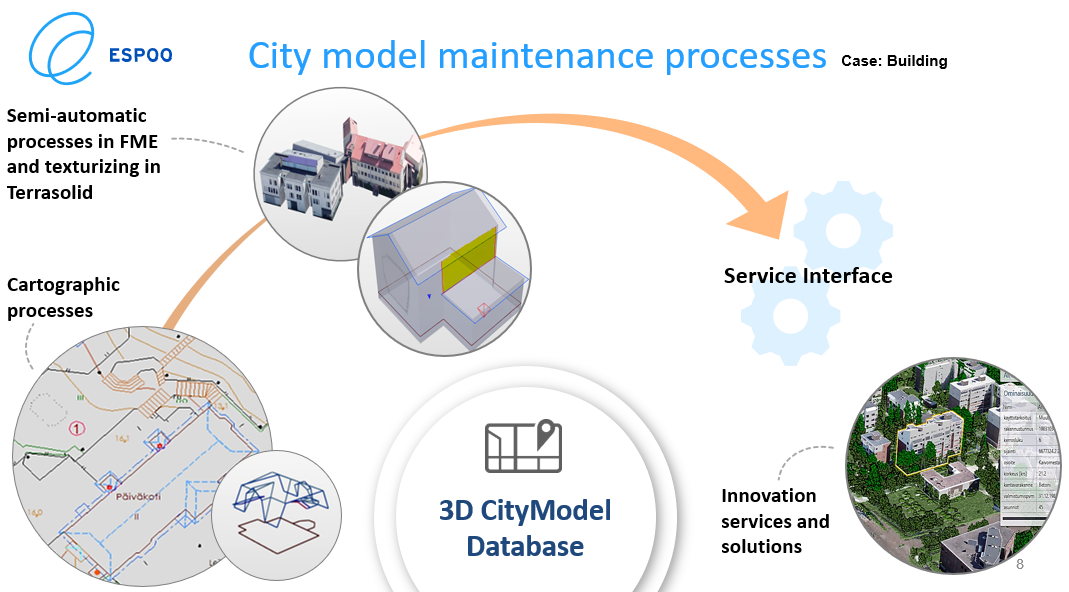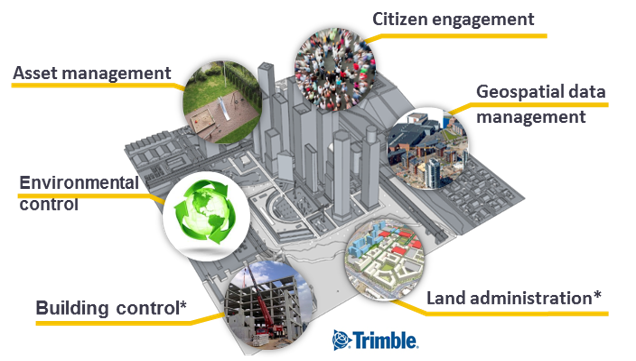City model data
Espoo’s comprehensive 3D city information model adheres to the OGC CityGML 2.0 city model standard.
Object types
Espoo’s city information model covers all object types contained and defined in the CityGML standard with the exception of engineering structures (bridges and tunnels).
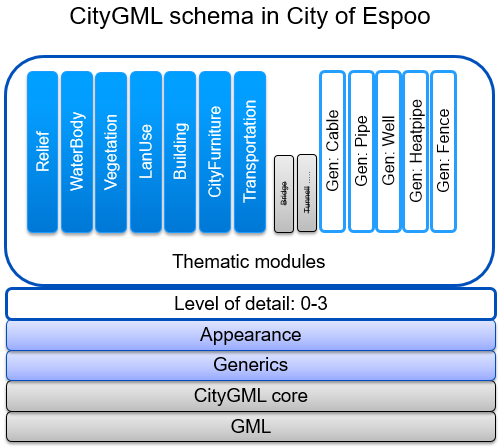
In addition to the basic objects of the standard (represented in blue), the standard allows Espoo’s city information model to include generic objects. Espoo mainly uses generic objects to visualise underground infrastructure (represented in white, Gen:*).
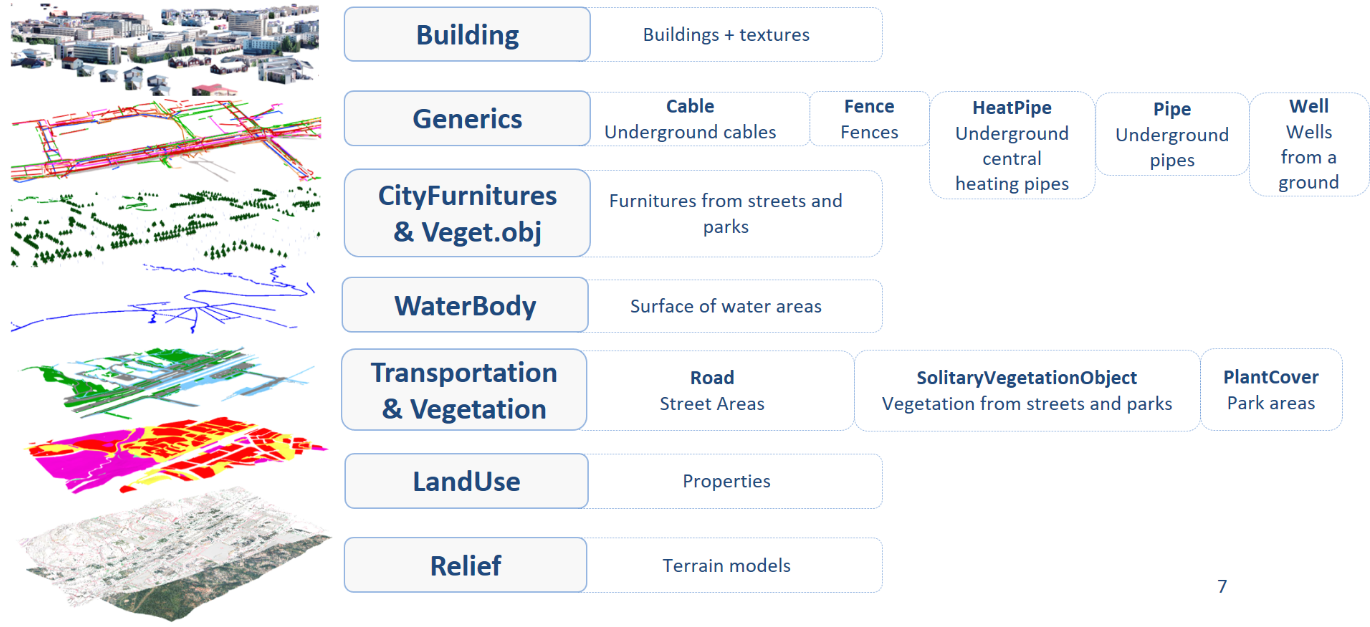
Levels of detail
The object types of the city information model can be rendered at different levels of detail (LoD) ranging from 0 to 3.

Textures
Buildings can be supplemented with wall and roof-specific textures (Appearance) as https links.

